eMerging SLPs: Merging into the self-contained classroom
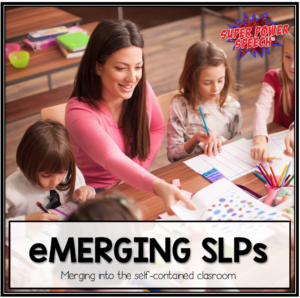
As far as speech pathology jobs go, I have a tough population. I wear Kevlar sleeves as part of my uniform. I have developed wicked fast reflexes. I get drool, spit, and occasionally blood on me regularly. However, there is nothing about my job that I love more than my self-contained classrooms. Yes, I adore most of my colleagues; yes, getting a paycheck is great. But what really keeps me coming back to my job day after day, is my life skills students.
When I began at my current school in 2002, there were two life skills classrooms. The district was bringing in SLPs from outside of the building to serve these rooms, but I was determined to usurp the role. Kiddos with intense needs and little to no verbal communication were my passion. They were why I had moved cross-country to take up an AAC internship. I knew that these rooms were my calling.
As of 2014, I am now the SLP serving three life skills rooms. The students vary in intensity needs, but all require an alternative curriculum focusing on routines and behavior as well as a high teacher: student ratios. I merge into all three rooms three to four times per week.
Why merge into a self-contained classroom?
- Merging provides the teachers with models. One of the best ways to teach teachers and aides how to help students with language is to model it yourself. Merging gives me the opportunity to model language, AAC, and levels of prompting multiple times per week.
- Merging helps students understand that language is important everywhere. If I were only to do pull-out therapy, my students may not understand that they need to practice their language skills in their classroom, and not just the speech room.
- Merging is fun! I admit that the first months of each year can be brutal. In 2014, one of my classes contained 8 kindergarten students (as well as a few older students). These kindergartners could not sit for more than three minutes. They spent most of circle time on the floor rolling around, or running around the room. It was exhausting. One year later, however, all but one can sit for circle time and help participate. Several of these children are now speaking in prompted sentences!
How to merge into a self-contained classroom?
- Merge in with a daily routine. My favorite way to merge into a self-contained classroom is to provide circle time services. These allow me to keep a similar routine and reduce prep work. They also foster growth over time as the students very slowly acquire the skills to participate. It is beautiful to watch a child that does not or cannot participate one year, slowly grow over the years to be a full (and sometimes verbal) participant. Read my three-part series on doing circle time in a minimally verbal classroom here.
- Merge with an art project. Going into the room with an occasional art project is a fun way to participate with the class. The key to this merge is preparation. All of the materials, samples, communication devices, and communication boards should be made and ready to go. If assistant or teacher help is required, make sure to prepare the staff as to how they can best help.
- Merge with a story. I love story time and incorporate it into my circle times. You just need a great book, some AAC (VOCAs, communication boards), and a few props.
- Merge during snack time. I have yet to make this happen, but I have dreams that one day I will have the time to merge during snack time. It is a great opportunity to practice requesting and commenting skills, as well as model to the staff.
I make it a priority to schedule my merge times before school even starts. I begin merging on the very first day of school so that the students recognize the routine, and me, as a part of their day. If your school includes self-contained classes, I would highly encourage you to do the same next year! I love merging into my self-contained classrooms and could not imagine my job without them!
Click here to read the rest of the series about how SLPs can successfully merge into other parts of the school. If so, how do you serve them?
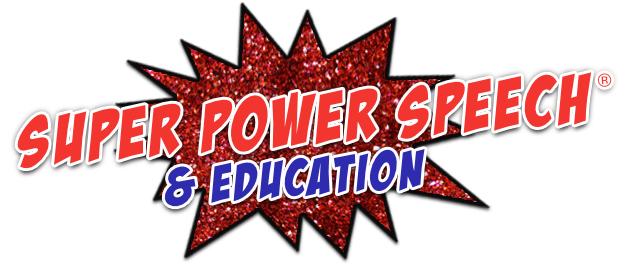
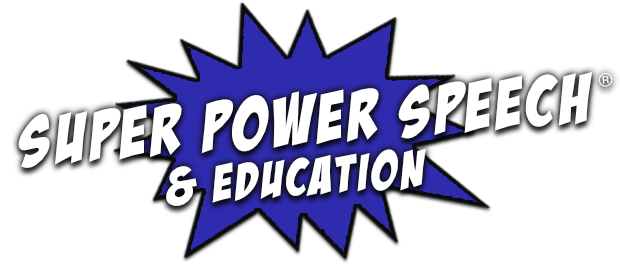
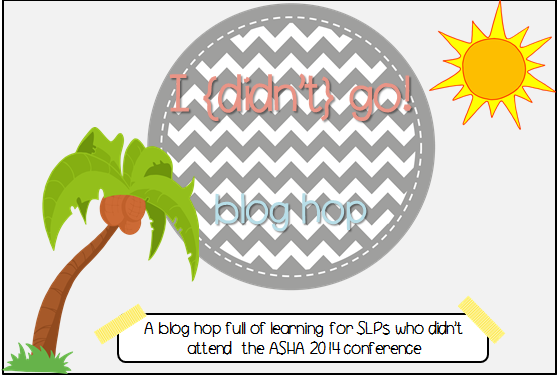
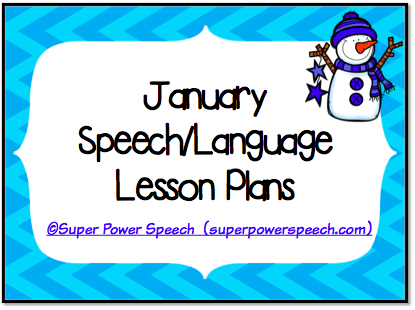



Hi! I merge into 2 self-contained autism classrooms. For the higher functioning class, I typically do simple social skills activities that include things like video clips, pre-made choices for group participation activities, role playing and, of course, making their own movies to show off their skills! My other class is an older group with more severe language issues. Sometimes we’ll do stories, crafts to go with their science units (we just made lava bottles) and conversation circles using communication boards, AAC, or simple visual supports depending on the student. I admit, it makes me feel good when they get excited when I come in the door. I’m always looking for more whole-group activities, though, so please let me know if you have some good resources!
That sounds awesome! I love those ideas for working with students in their rooms. And yes, I too love it when the kids light up when they see me.